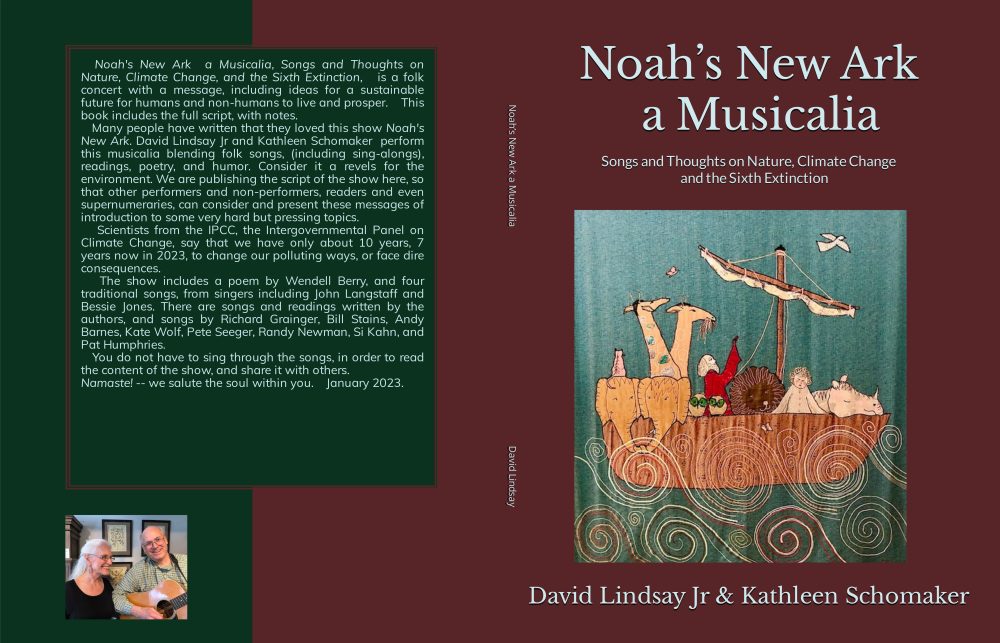“ ON THE GREAT BARRIER REEF, off Australia — After a plunge beneath the crystal-clear water to inspect a coral reef, Neal Cantin pulled off his mask and shook his head.
ON THE GREAT BARRIER REEF, off Australia — After a plunge beneath the crystal-clear water to inspect a coral reef, Neal Cantin pulled off his mask and shook his head.
“All dead,” he said.Yet even as he and his dive team of international scientists lamented the devastation that human recklessness has inflicted on the world’s greatest system of reefs, they also found cause for hope.
As they spent days working through a stretch of ocean off the Australian state of Queensland, Dr. Cantin and his colleagues surfaced with sample after sample of living coral that had somehow dodged a recent die-off: hardy survivors, clinging to life in a graveyard.
“We’re trying to find the super corals, the ones that survived the worst heat stress of their lives,” said Dr. Cantin, a researcher with the Australian Institute of Marine Science in Townsville.”
David Lindsay:
Scientist are fighting back against the die off of the Great Barrier Reef, and coral reefs throughout the world, without knowing their chances of success.
Citizens are fighting back.
I am motivated to reduce my carbon footprint. This February, I had Earthlight Technologies put 17 more solar panels on the roof of my house, in addition to the 24 that C-Tec Solar installed three years ago. I can now plug in my new used 2014 Prius Hybrid Plug In, and drive around Hamden in a short-range electric car, that is fueled by the solar panels instead of gasoline. It only has a range of 10 miles, but it is a start. Earthlight also installed a EVSE outside my house, which is sometimes called a car charger. It is actually a Electric Vehicle Supply Equipment. It supplies electricity to the car charger built into my vehicle. With a new surplus of solar electricity, I can now start converting the natural gas systems of the house over to electrical systems.

